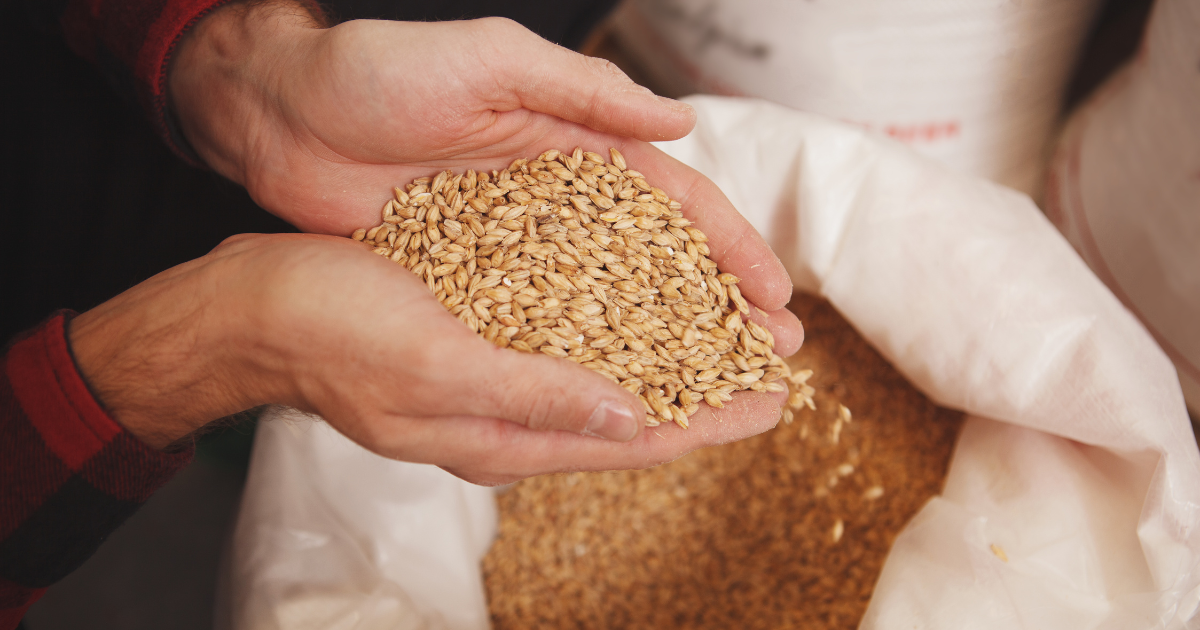Category: Tutorials
-
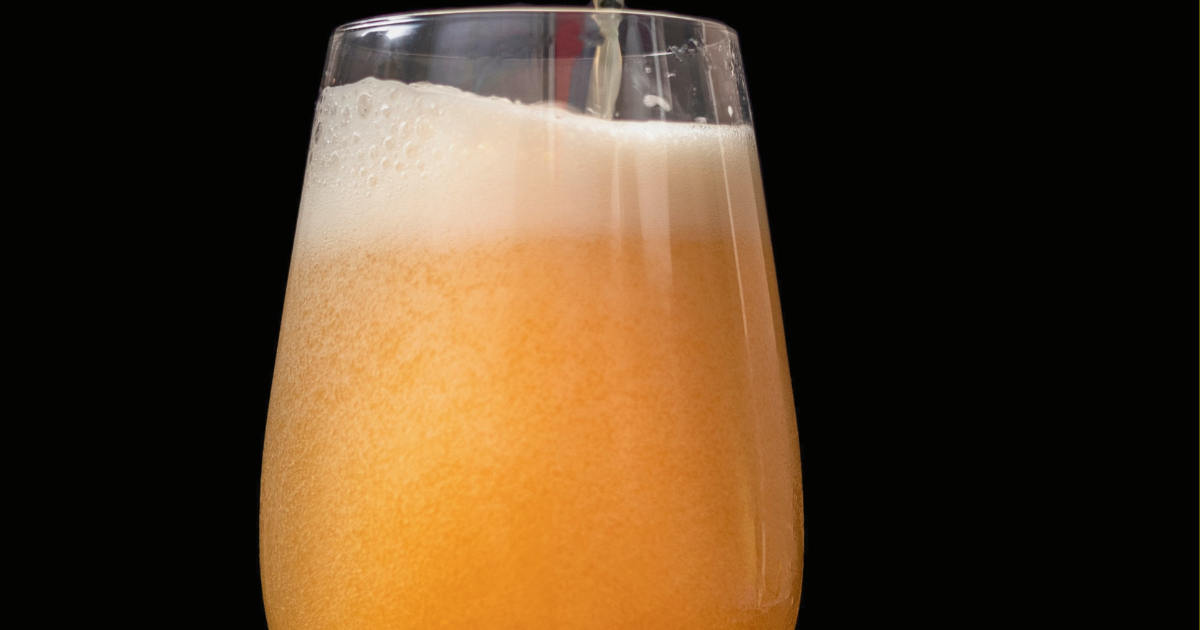
Make an amazing New England IPA
Hazy, Juicy, New England IPAs have been the most popular beers on many a craft brewery’s taproom in the last three years. Other than one notable holdout, just about every microbrewery in my neck of the woods has at least once NEIPA on the menu. And that’s no surprise—the style is very approachable for longtime…
-
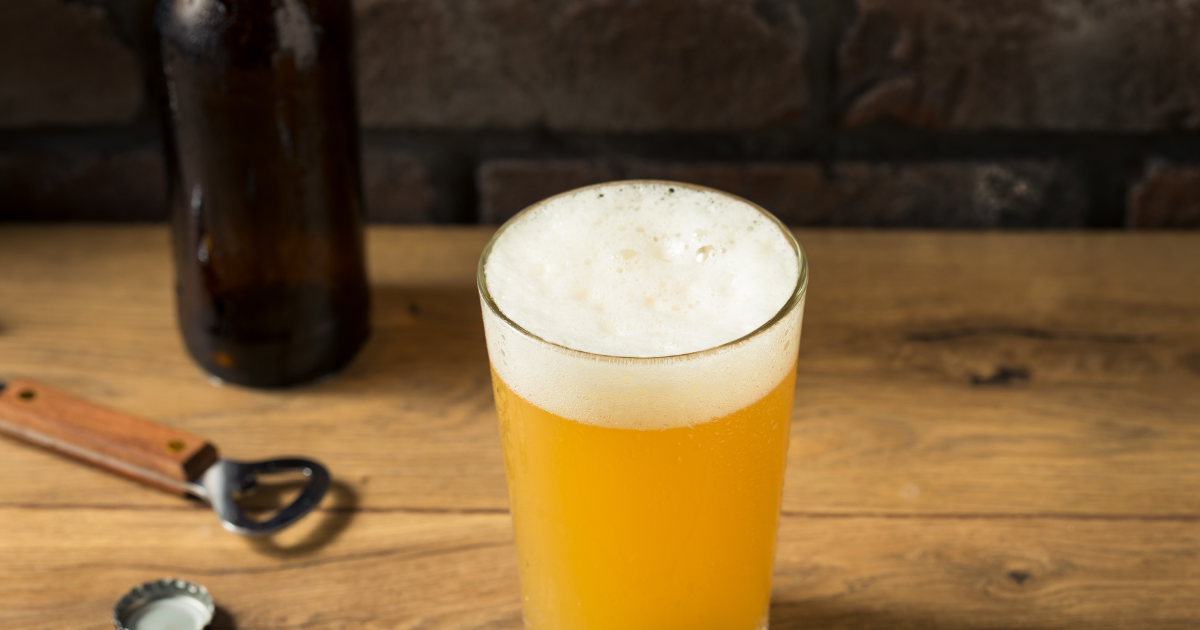
Tips for Bottle-Conditioning New England IPA
It would appear that time is our worst enemy when it comes to conditioning this beer. We need to drink it very quickly after bottling it if we want to avoid the purple/grey haze. If you’re going to brew this style, apply what I have learned through trial and error with these four simple tips.
-
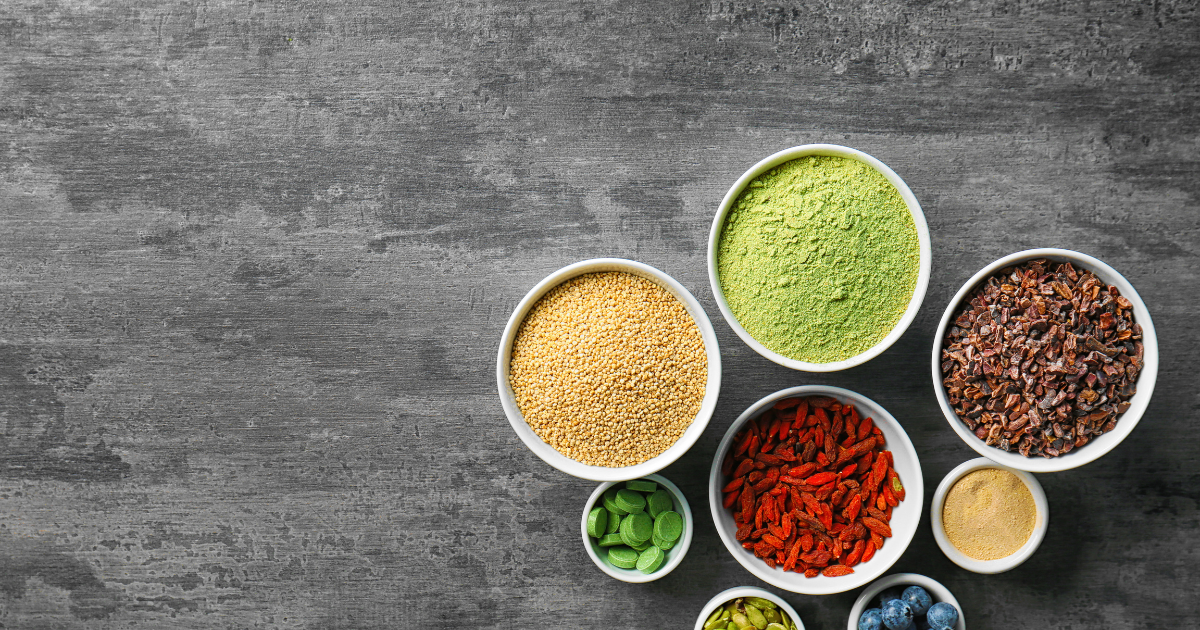
Brewing with Fruits and Spices
Adding fruit beers to your arsenal at home often takes trial and error if you’re building a recipe from scratch. However, when used well, they can elevate your beer to a whole new level. I’m here to help you step it up a notch with this detailed tutorial on how to use fruit and spices…
-
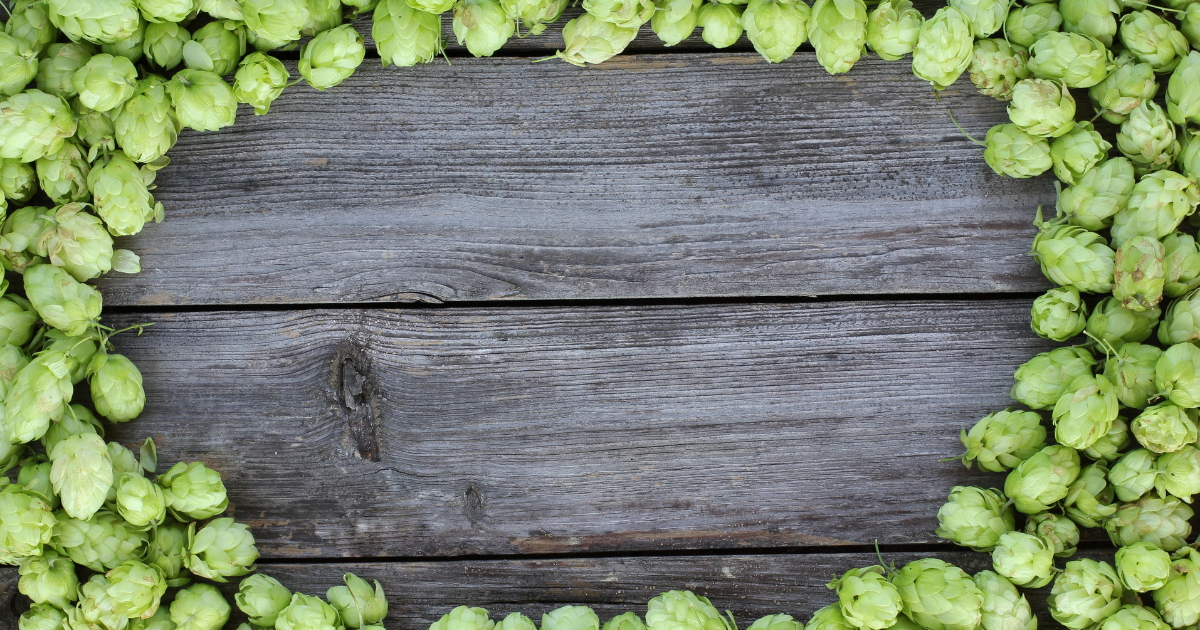
Introduction to Hopping Methods
Most homebrew recipes give us a clear indication of when to add the hops: the start of the boil for bittering, later in the boil for flavour and the end of the boil for aroma. But we can also add hops before the boil. Or after the boil, or after primary fermentation. Get to know…
-
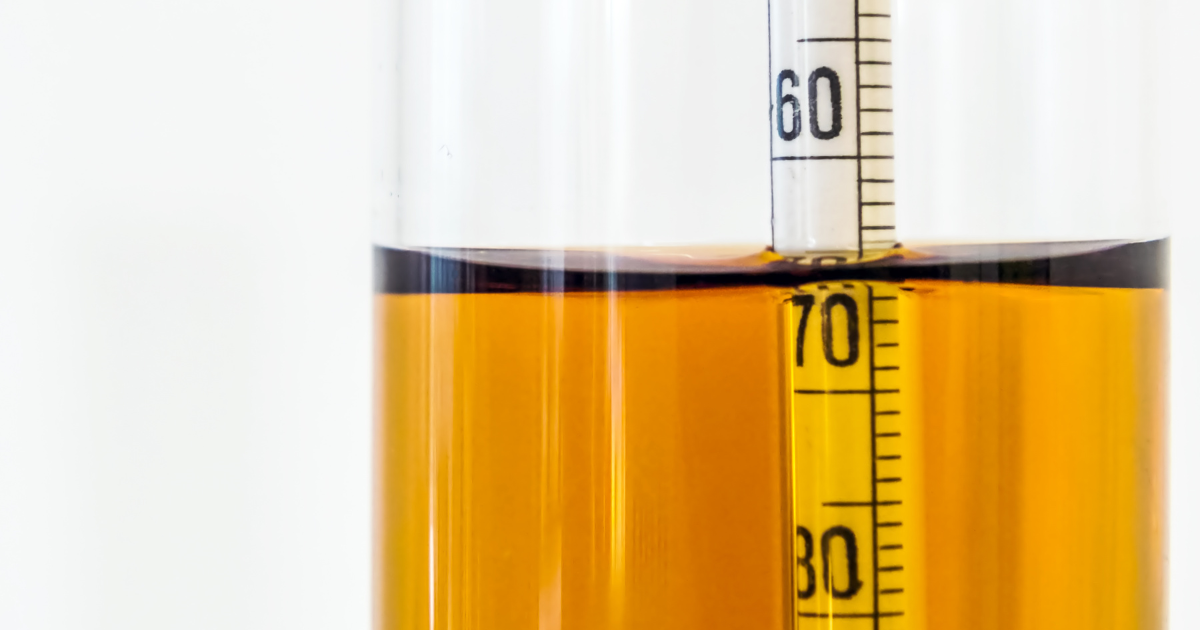
How to correct low (or high) original gravity
I was inspired to write this guide after a reader wrote in to complain that despite following my recipe to a tee, his original gravity reading came in very low. As all-grain brewers, we have all had this problem eventually. It has happened to me on more than one occasion, and it is beyond frustrating…
-
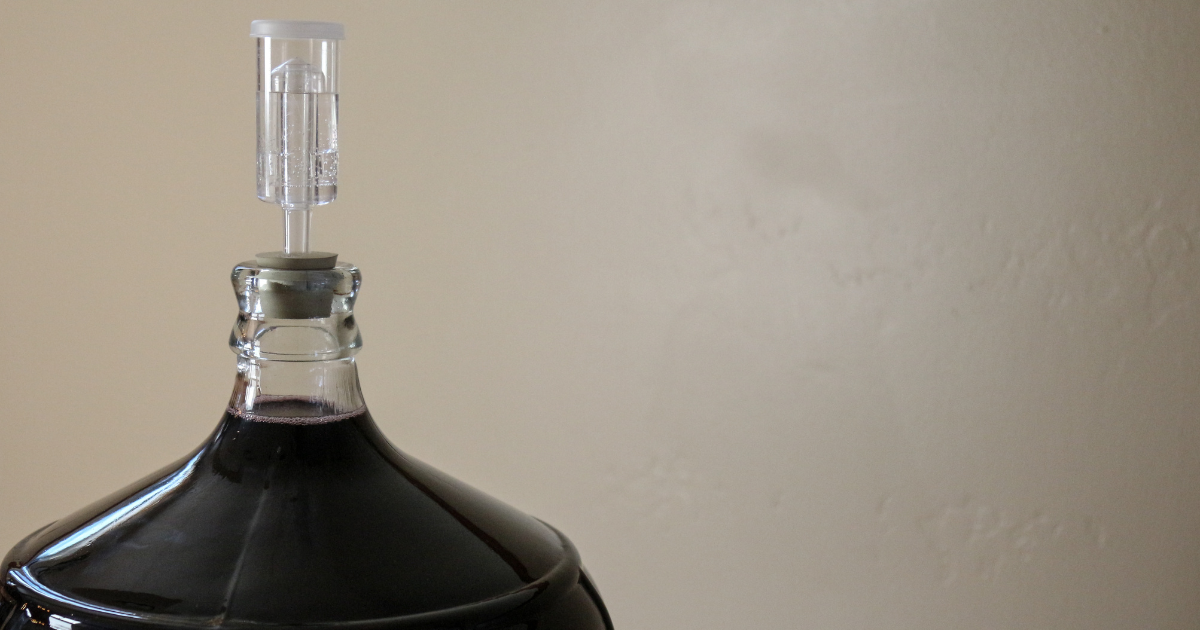
Managing Fermentation
While we often make a fuss about the importance of sanitization in brewing (it’s important!), there is a separate variable that almost single-handedly accounts for the quality of your beer: fermentation. In fact, most of what can go wrong with your beer happens during fermentation.
-

How to evaluate your beer
As the Godfather of homebrewing, Charlie Papazian once wrote, “the more you know about beer, the more you will appreciate beer flavors and discover what it is you prefer…” As a home brewer, you already know more about beer than most. Even if you just have one brew under your belt, you’re in a league…
-
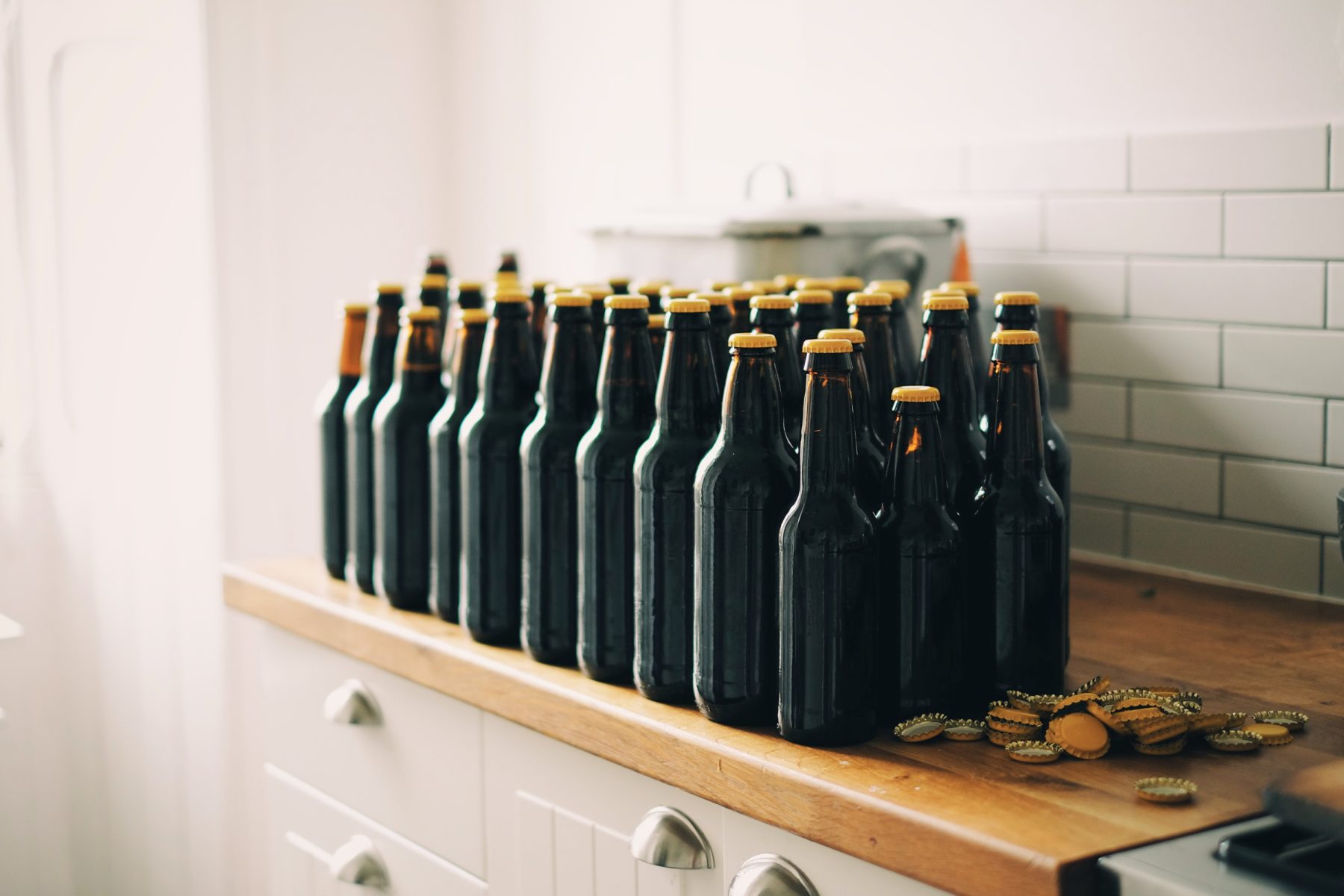
How to Bottle Homebrew
This is a detailed and approachable guide to bottling your homebrew. I’ve included a checklist so you don’t miss a step, making sure you hit it out of the park every time.
-

No-Stress Brew Day Checklist
I have been brewing for the better part of five years, to the tune of one beer per week. In that time, I have made many mistakes. Often those mistakes were basic. I’m talking about simple things like forgetting to mash out. Or setting the boil to 60 minutes when it should have been 90…
-

Understanding Water: Beer’s Body
Water plays a huge role in the quality of your final product, from the very start of the brewing process, through to the final taste. The various minerals and salts we find in water can add desirable or undesirable flavours to your beer. Water plays a crucial role in helping us craft good beer, so…
-
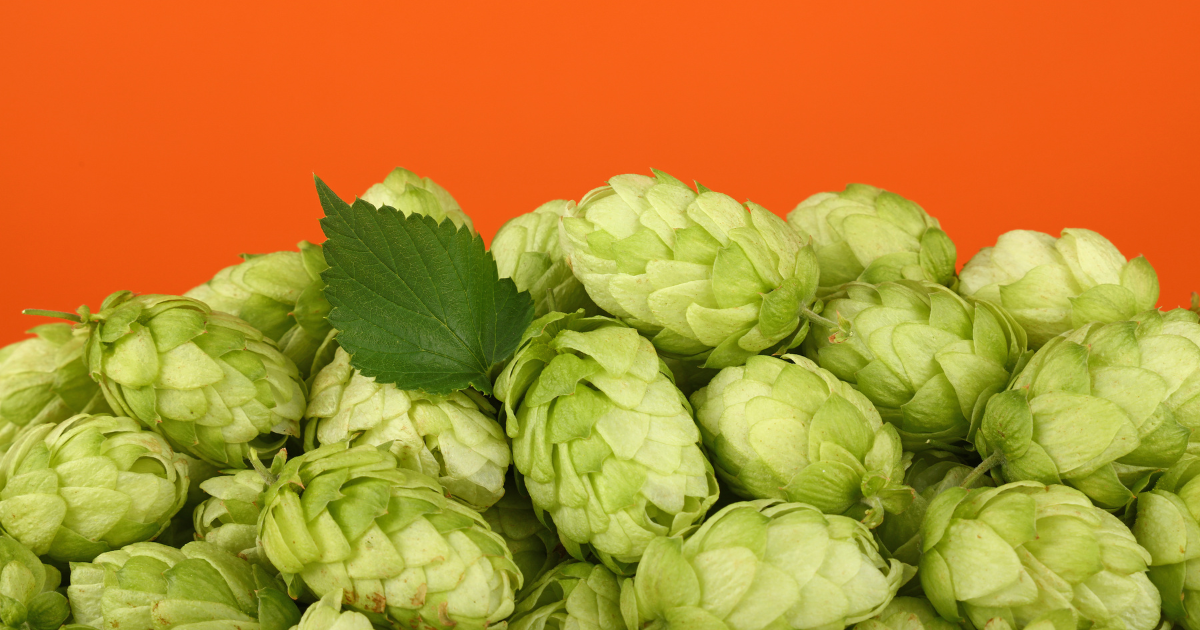
Understanding Hops: Beer’s Spice Mix
Funny enough, hops are a (relatively) new addition to beer. While beer has been around for more than 5,000 years, hops date back only 500 years. Before Cascade and Citra were household names, brewers resorted to herbs, plants, and potions to counter the overbearing sweetness of malt. It took until the 1500s before hops caught…
-

The Complete Guide: How to clean and sanitize homebrew equipment
Cleaning and sanitizing all you home brew equipment is the one thing you can do to guarantee your beer doesn’t spoil. If you fail to adequately clean and sanitize your equipment, you have a good chance of ruining your beer—which has been known to make grown men and women cry. Thankfully, cleaning and sanitizing is…
-

Yeast Washing: How to reuse brewing yeast to save money
Yes, you read that right. There’s such a thing as “yeast washing.” It goes by many names, including “yeast harvesting,” “yeast re-harvesting,” and “yeast rinsing.” Regardless of what you want to call it, one-gallon brewers can use this technique to brew with a wider variety of yeast strains, while saving money on liquid yeasts. I’ll…

